It's tough to consider teams in different conferences rivals, but the Steelers and Cowboys have overcome Pittsburgh moving into the AFC for the 1970 NFL-AFL merger to continue to make its games against Dallas meaningful.
Sunday's meeting between the two storied franchises at Acrisure Stadium could be yet another in a long line of such matchups.
"The strength of the brands is something that is to be respected. But I respect that every day when I get out of that car in this parking lot, it's a responsibility to represent the black and gold, and I would imagine the guys in Dallas feel the same way," said Steelers head coach Mike Tomlin. "You can't put a price tag on standards and legacy, and both organizations have that. We walk on the ground that's been paved for us by those that have come before us, and so we feel really blessed and honored to do so, and I'm sure that that will be reflected in the way that both teams play this weekend."
Three times the two franchises have met in the Super Bowl, with the Steelers coming away with wins in two of those contests, helping cement the Steelers as the "Team of the '70s" and perhaps keeping the Cowboys from laying claim to that title.
Since the 1970 NFL merger, the Steelers have produced 40 seasons with a winning record. The Cowboys are second with 37.
The Cowboys lead the league during that period with 10-win seasons with 29. The Steelers are tied for second with 27.
The Steelers have an NFL-best 24 division titles since the merger. The Cowboys are tied for second with 22.
The Steelers have the most wins in the NFL since 1970 with 517. The Cowboys are second with 497.
At one point in history, the Steelers and Cowboys were not only in the same conference, they were in the same division.
When the Cowboys joined the NFL as an expansion team in 1960, they were initially placed in the Western Conference. But the first game in franchise history came against the Steelers, an Eastern Conference team in the two-division NFL.
The Steelers won that first game, 35-28, at the Cotton Bowl en route to sending Dallas to an 0-11-1 season.
The Cowboys, however, would get the first win in franchise history in their opener the following season, that coming against - you guessed it - the Steelers, 27-24, again at the Cotton Bowl.
With the NFL expanding its schedule from 12 to 14 games that season and Minnesota being added to the league, the expansion Vikings were placed in the Western Conference, while the Cowboys were shifted to the East, where they have competed since.
That meant the Steelers got an opportunity for revenge against the Cowboys later in that 1961 season, something of which they took advantage, thrashing Dallas, 37-7 in its first trip to Pittsburgh. That game was played at Forbes Field and saw Buddy Dial catch six passes for 148 yards and two touchdowns.
With the Steelers and Cowboys both in the Eastern Conference until the NFL merger, the two franchises met 10 more times over the next five seasons until the NFL split into four divisions in 1967. The Steelers were placed in the Century Division with the Browns, Giants and Cardinals, while Dallas moved into the Capital Division with Washington, Philadelphia and the expansion New Orleans Saints.
That proved beneficial for the Steelers. Though they dominated the early series against the Cowboys, winning seven of the first 10 meetings between the two franchises, Dallas began to get good in 1966, when the Cowboys won the Eastern Conference with a 10-3-1 record to reach the postseason for the first time. From 1965 through 1985, the Cowboys didn't produce a losing season, a span of 21 years.
The current Steelers, with 20 seasons without posting a losing campaign, can match that NFL record this season.
Dallas was beaten, 34-27, by Green Bay in the NFL championship, leaving the Packers to advance to play the Kansas City Chiefs in the first AFL-NFL World Championship Game, which would be renamed the Super Bowl.
Meanwhile, the Steelers and Cowboys continued to meet every season during the 1960s, with Dallas rattling off six consecutive wins against Pittsburgh from 1965 through 1969.
The merger sent the Steelers to the AFC, while the Cowboys stayed in the NFC, meaning the meetings between the two franchises would become less frequent.
And it wasn't until 1972 that the Steelers and Cowboys resumed their rivalry.
By that time, the Steelers had started to close the gap again on the Cowboys, who had made the playoffs six consecutive seasons, including winning one Super Bowl and losing in another.
But in 1972, the Steelers, who had made the postseason just once in their history to that point, had begun to turn things around under head coach Chuck Noll.
Noll's teams had gone 1-13 in his first season in 1969, 5-9 in his second and 6-8 in his third. But in 1972, the Steelers took a 2-1 record into their Week 4 meeting with the Cowboys at Texas Stadium.
Roy Gerela kicked a pair of field goals and Mel Blount returned a fumble 35 yards for a touchdown as the Steelers took a 13-10 lead into the half. But Dallas won the defensive battle on a trick play, as running back Calvin Hill threw a 55-yard touchdown pass to Ron Sellers for the go-ahead, game-winning score in the third quarter.
The Steelers, however, would go on to win the AFC Central at 11-3 and win the first playoff game in team history, 13-7, over the Raiders in an "Immaculate" game, while the Cowboys finished second in the NFC East to Washington, which also throttled Dallas in the opening round of the playoffs.
In 1974, the Steelers joined the Cowboys as a Super Bowl winner, defeating the Vikings, 16-6.
The Steelers would return to the Super Bowl in 1975 at the Orange Bowl in Miami. Their opponent? The Cowboys, who had missed the playoffs in 1974, but rebounded to win the NFC Championship the following season.
The Jan. 18, 1976 game would feature 13 future Hall of Fame players – just in the starting lineups.
One of those, Steelers wide receiver Lynn Swann was questionable to play all week leading up to the game after suffering a concussion in the team's AFC Championship win over the Raiders.
Dallas defensive back Cliff Harris wasn't sympathetic, stating, "I'm not going to hurt anyone intentionally. But getting hit again while he's running a pass route must be in the back of Swann's mind. I know it would be in the back of my mind."
Swann would eventually decide to give it a go.
"I'm still not 100 percent," he told reporters. "I value my health. But I've had no dizzy spells. I read what Harris said. He was trying to intimidate me. He said I'd be afraid out there. He needn't worry. He doesn't know Lynn Swann. He can't scare me or this team."
Terry Bradshaw and Roger Staubach both threw first-quarter touchdown passes for the Steelers and Cowboys, but the game fell into a defensive battle as the only points posted came on a second quarter field goal by Dallas that gave the Cowboys a 10-7 lead. Roy Gerela missed a 36-yard field goal late in the half that would have tied it.
Following a J.T. Thomas interception in the third quarter, Gerela missed a second field goal attempt, this from 33 yards, with Harris patting him on the head. That prompted Steelers linebacker Jack Lambert to grab Harris and throw him to the ground, further inflaming the rivalry.
Early in the fourth quarter, the Steelers got a big special teams play by backup running back Reggie Harrison, who broke through and blocked a Mitch Hoopes punt attempt for a safety to cut the Dallas lead to 10-9.
Photos of Super Bowl X. The Pittsburgh Steelers defeated the Dallas Cowboys 21-17 to capture the team's second Super Bowl victory in Miami's Orange Bowl
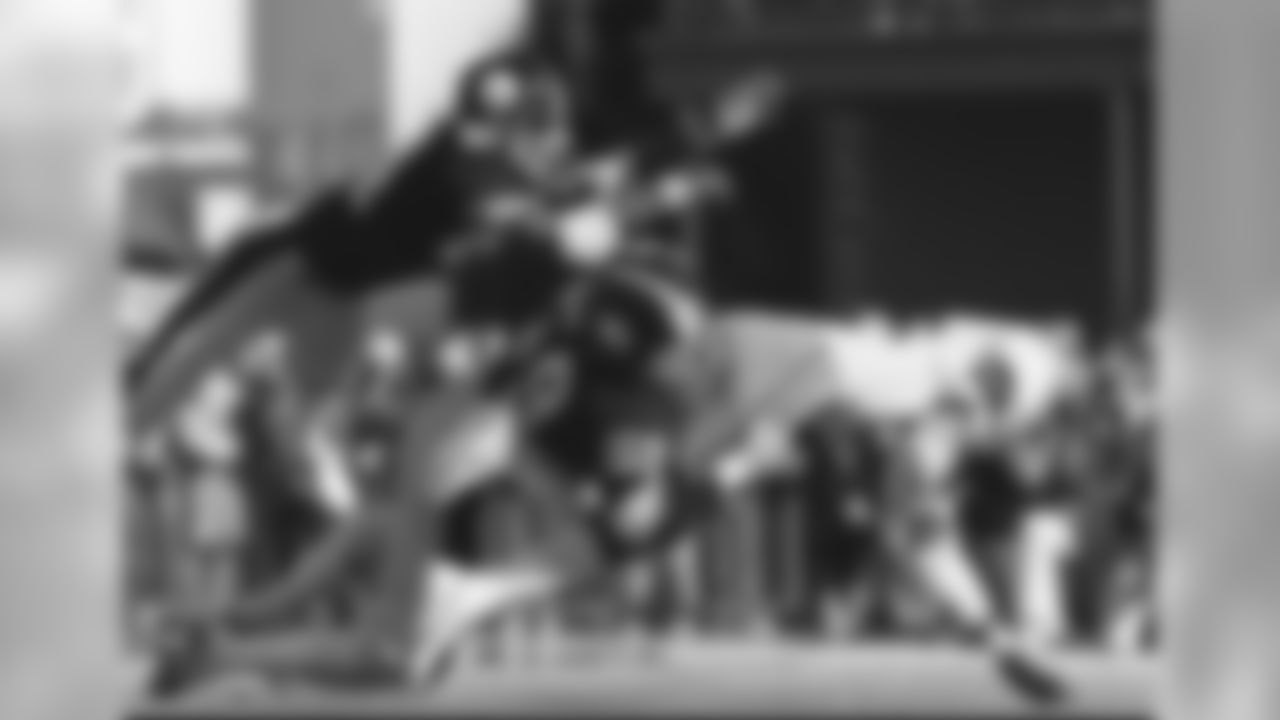


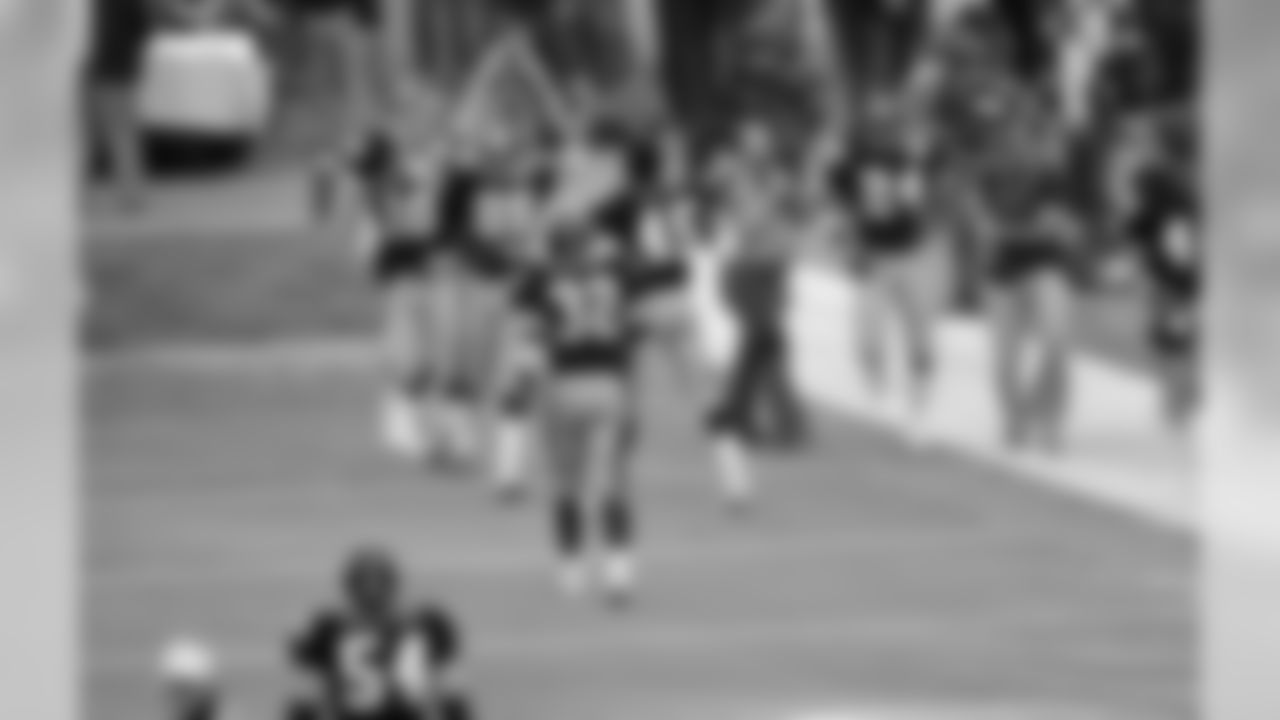

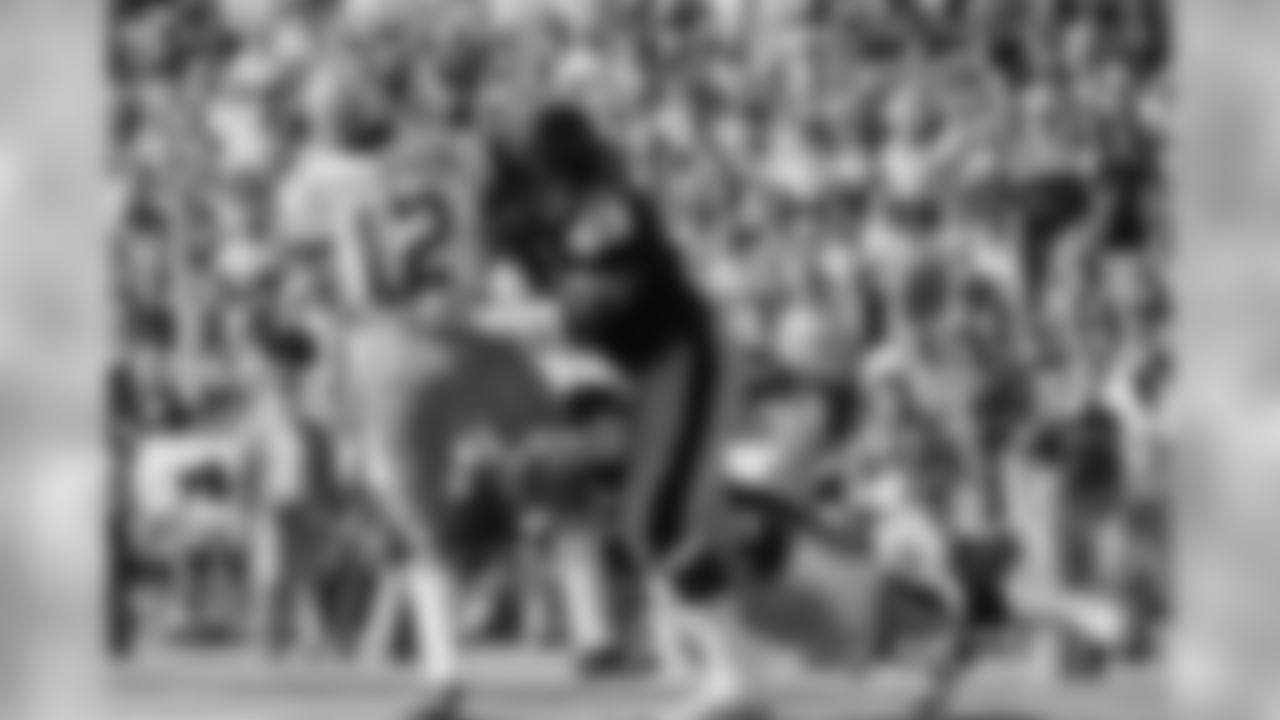
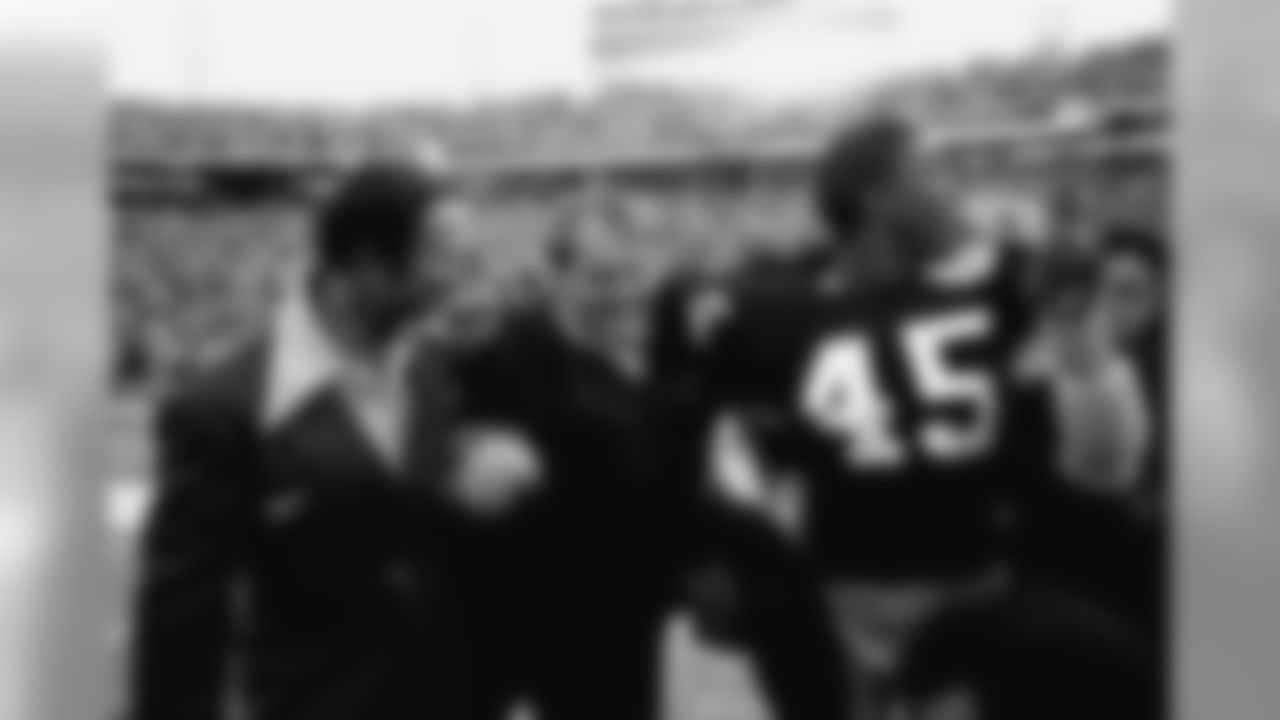
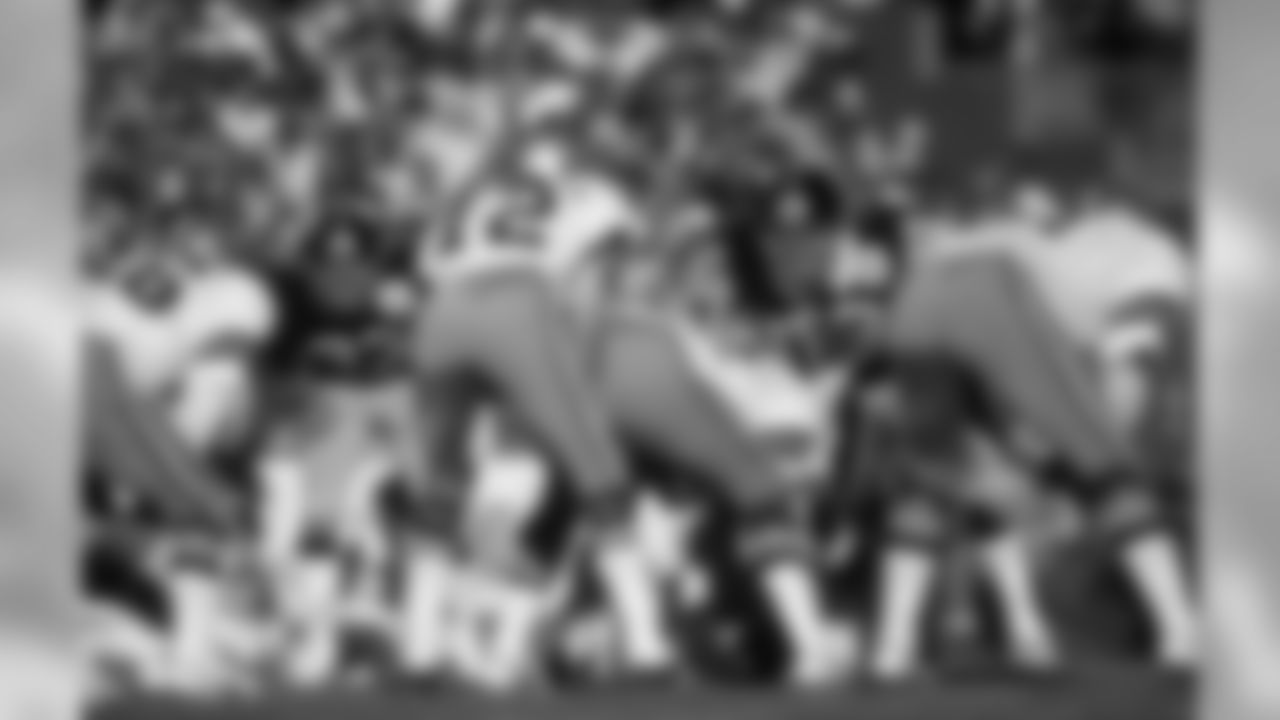
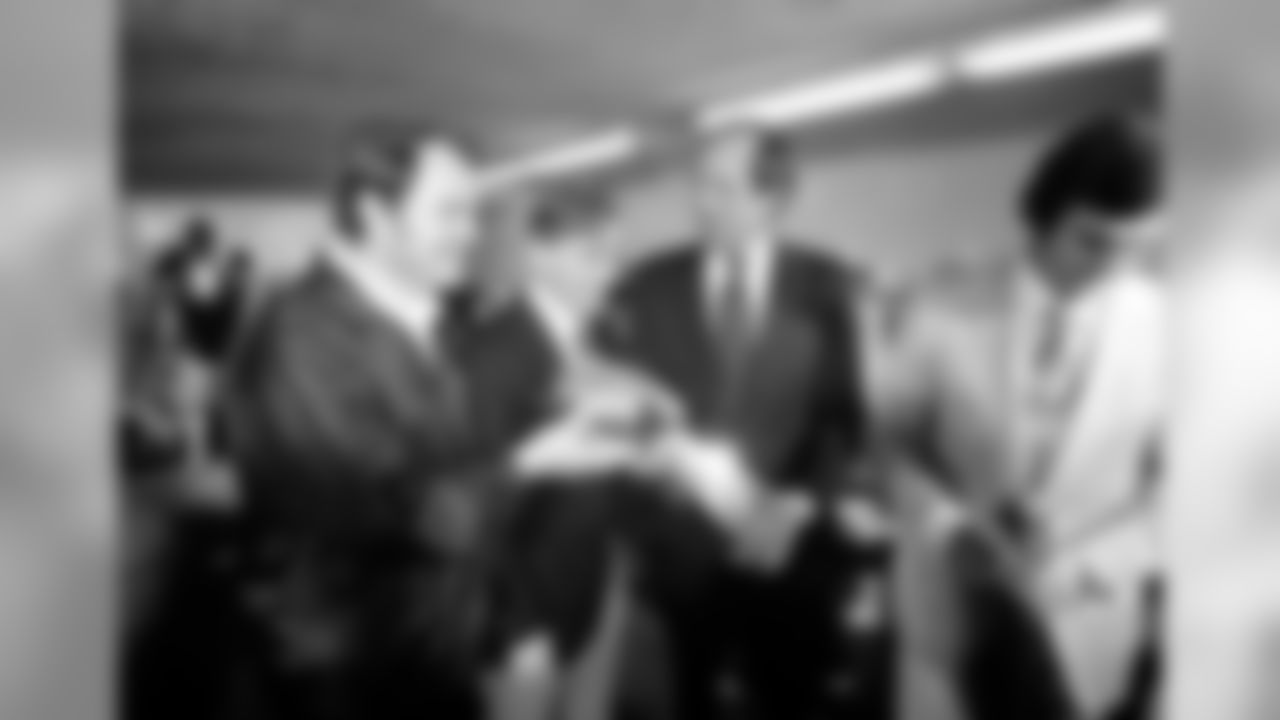




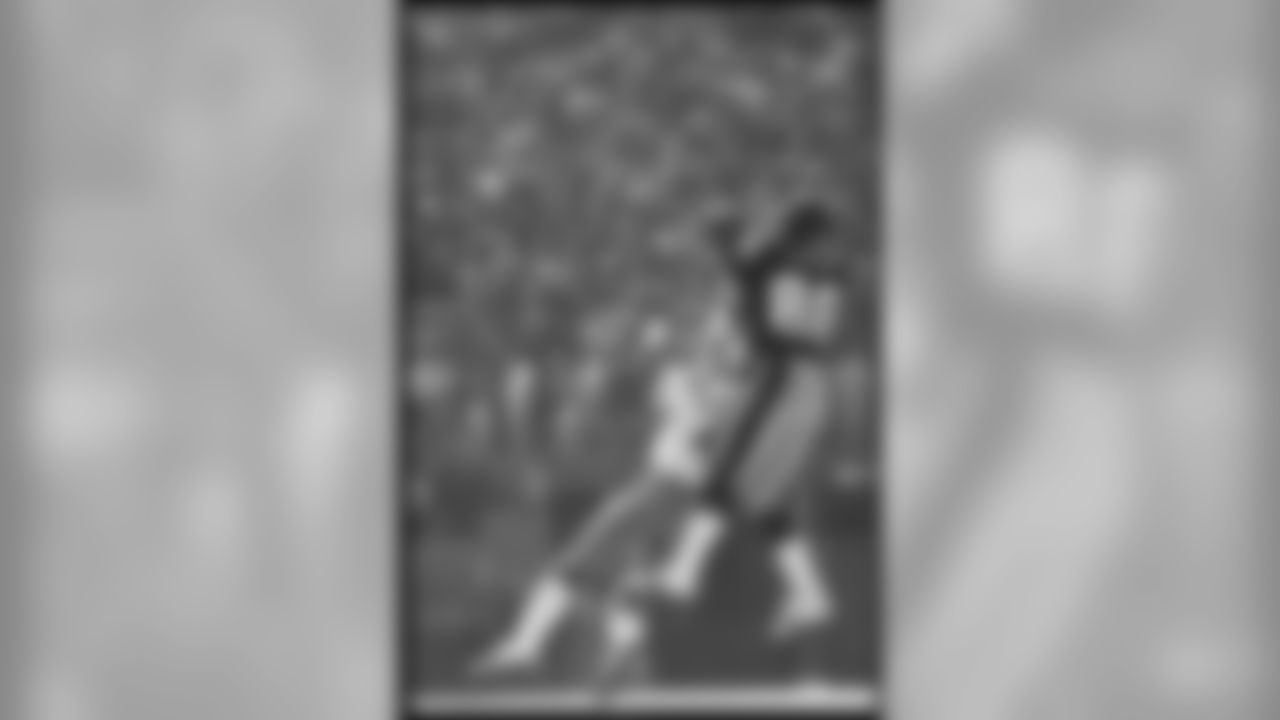



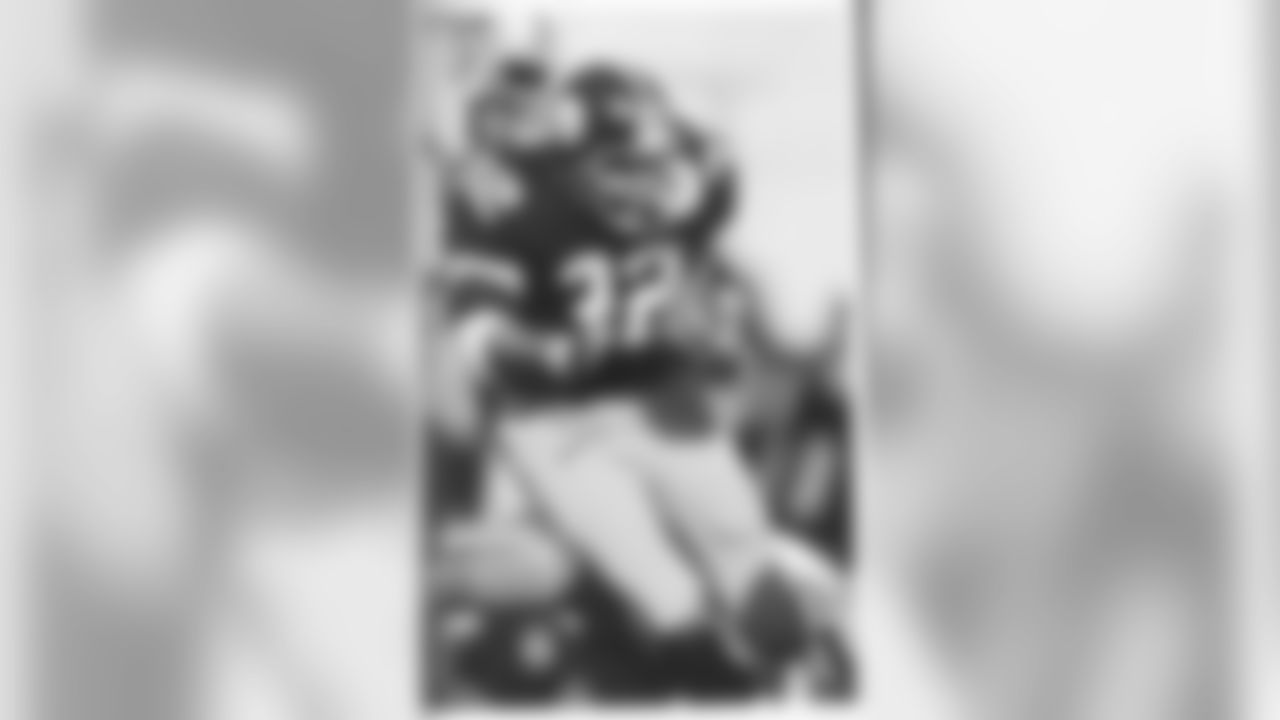

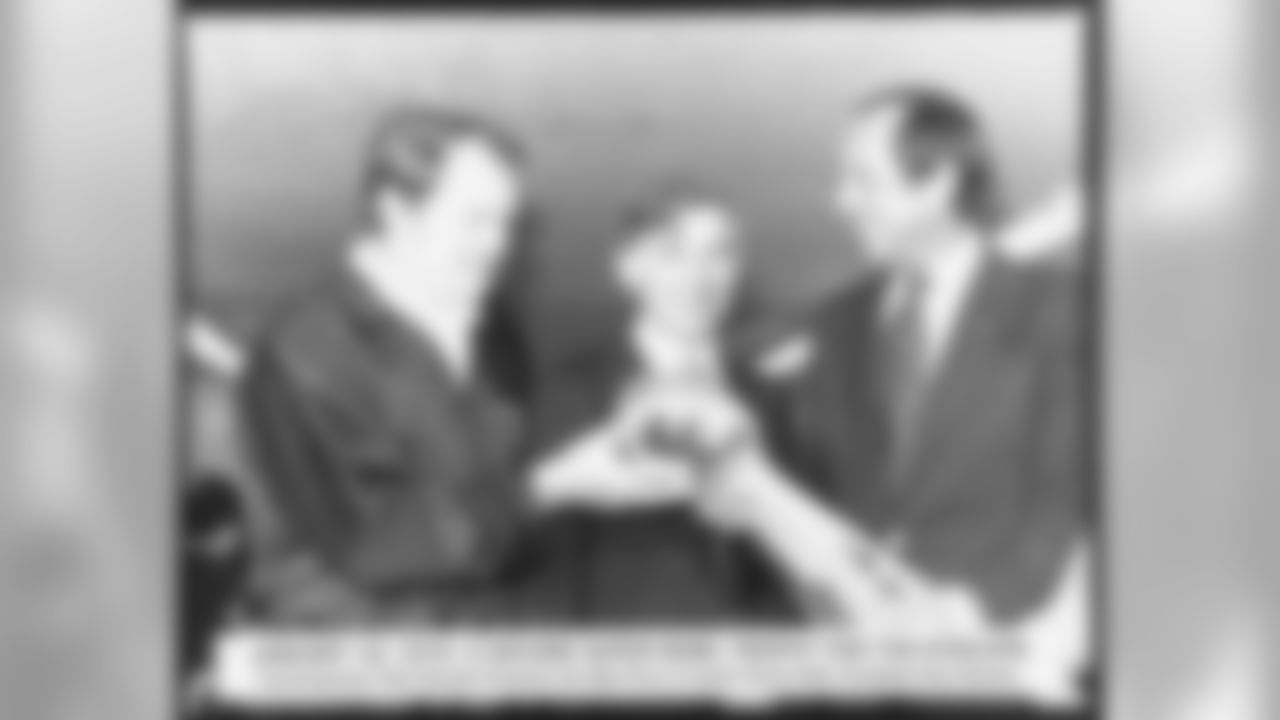
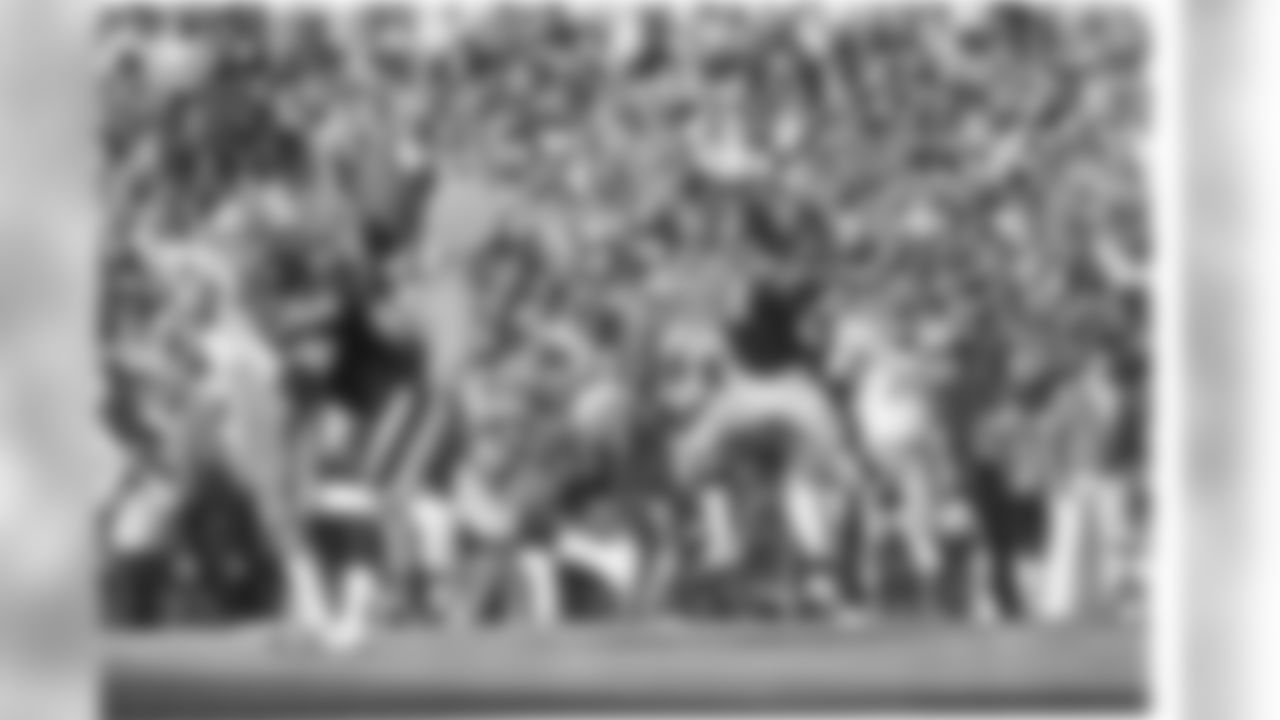
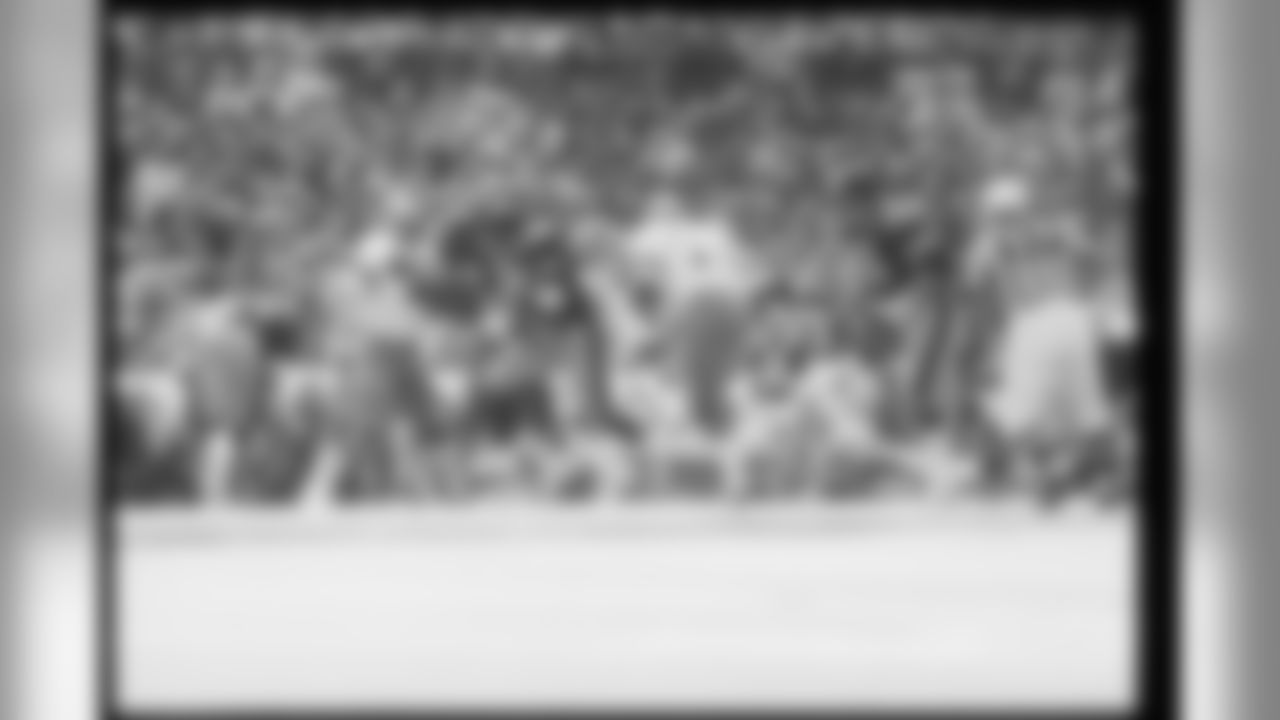
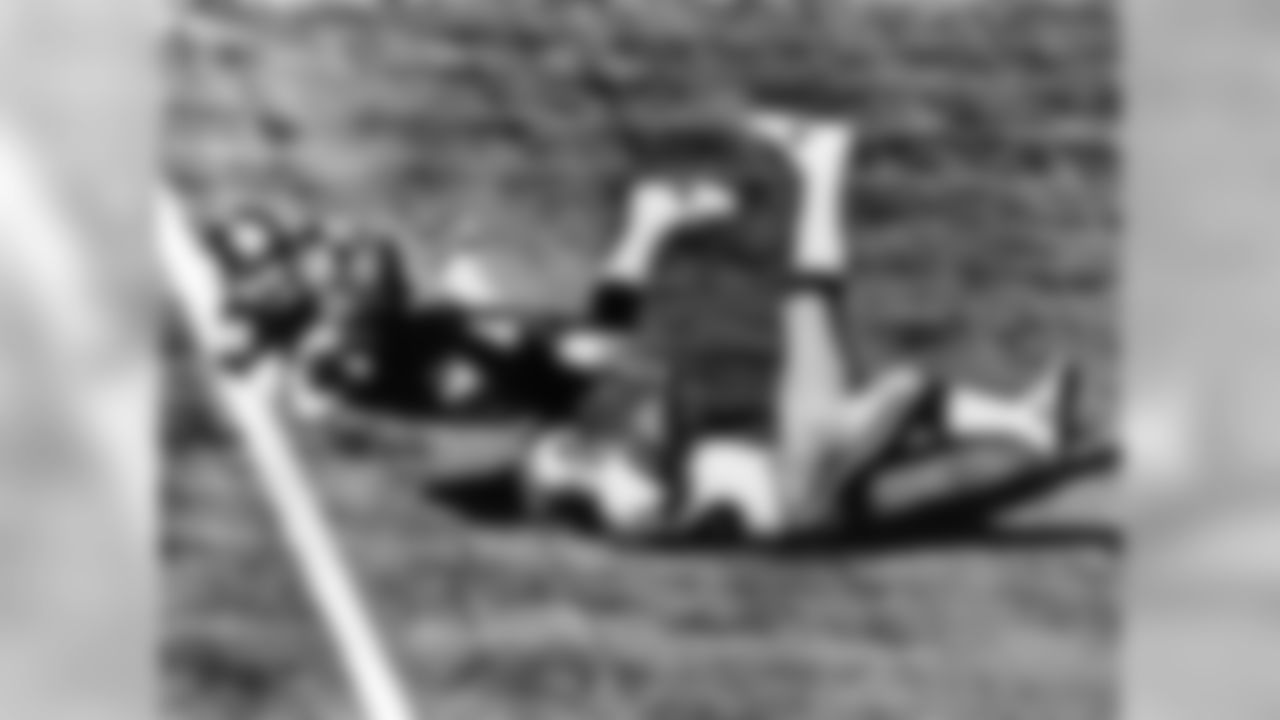
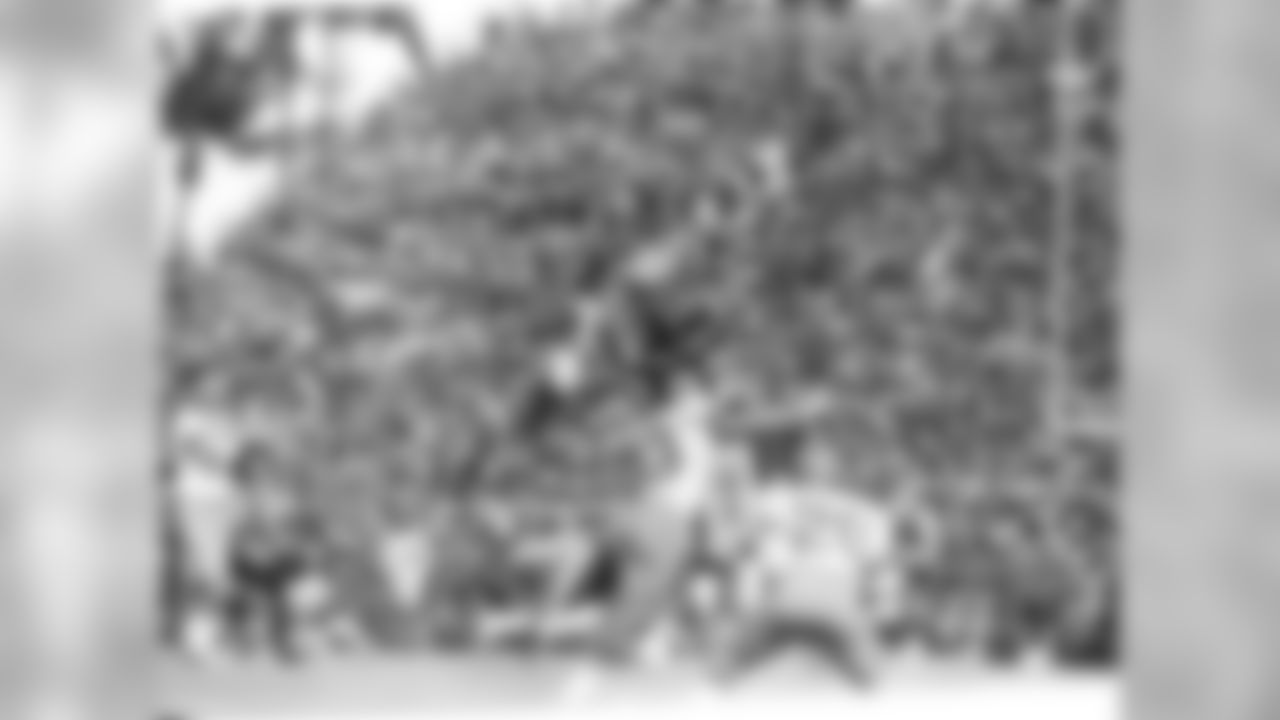

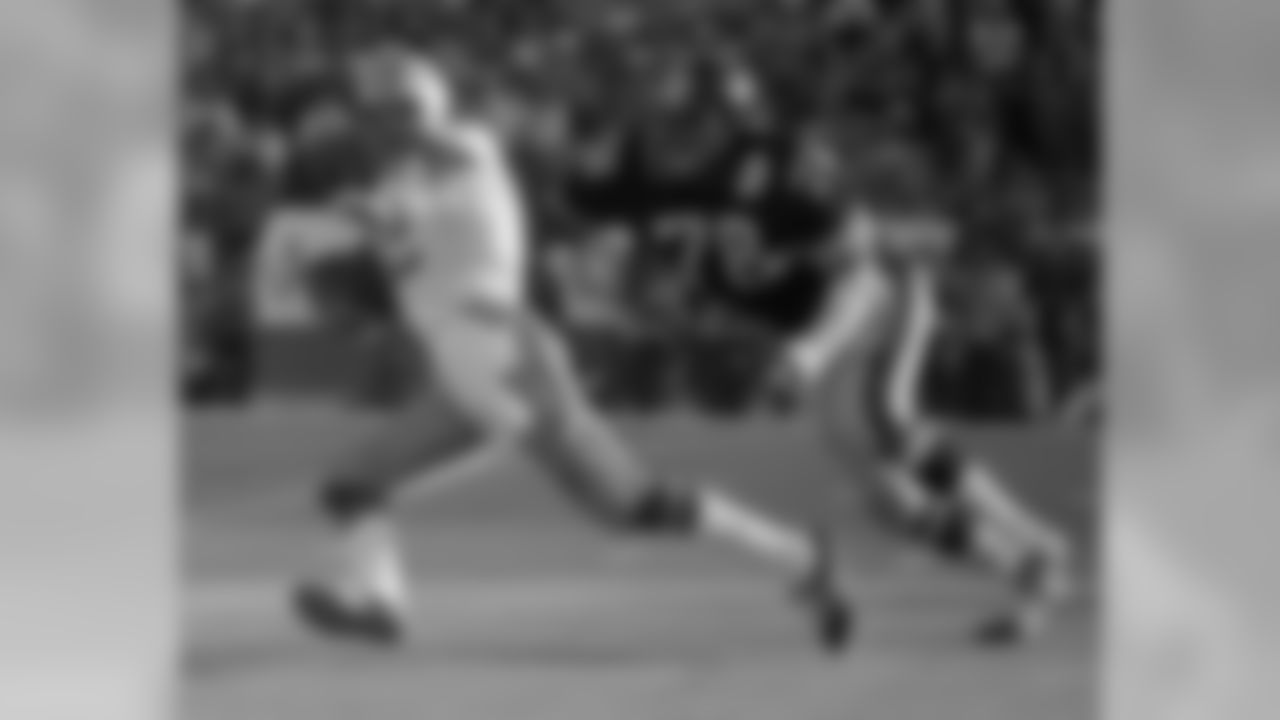

The Steelers used the possession on the free kick to take the lead, as Gerela kicked a 36-yard field goal to put his team ahead for good, 12-10.
Mike Wagner picked off Staubach on Dallas' next possession, returning the ball deep into Cowboys territory. But the Steelers again stalled and Gerela kicked another field goal, this one from 18 yards, to give Pittsburgh a precarious 15-10 lead.
The Steelers defense held up again, forcing another Dallas punt to get the ball back with just over 4 minutes remaining in the game.
Facing third-and-4 from their own 36, Bradshaw decided to go for the kill. Instead of just trying to pick up the first down, he went deep to Swann on a deep post for a 64-yard game-clinching touchdown. Gerela missed the PAT, but the 21-10 lead would hold up, even after a touchdown pass by Staubach with just under 2 minutes remaining cut the score to 21-17.
The Steelers forced Dallas to use its three timeouts, but Noll decided to attempt to convert a fourth down rather than punt and the Cowboys turned the ball over on downs, giving Staubach one last chance with 1:22 remaining from the Dallas 39.
Dallas attempted two Hail Mary passes into the end zone in the closing seconds, the second of which was tipped by Wagner to safety Glen Edwards to give the Steelers back-to-back Super Bowl wins.
Swann, the game's MVP, caught four passes for a then-Super Bowl record 161 yards and the touchdown.
The Steelers and Cowboys would not meet again until the 1977 regular season, a game at Three Rivers Stadium dominated by the Steelers, 28-13.
The Cowboys, however, would have the last laugh, as they won their second Super Bowl to finish off that season, beating Denver, 27-10, as the Steelers team failed in an attempt at a third consecutive Super Bowl.
The 1978 season, however, would be different, as the Steelers and Cowboys again met on the NFL's biggest stage in Super Bowl XIII, once again at the Orange Bowl.
The Cowboys, making their fifth Super Bowl appearance, once again fanned the flames for the Jan. 21, 1979 game, with linebacker Thomas "Hollywood" Henderson calling out Bradshaw.
"Terry Bradshaw couldn't spell 'cat' if you spotted him the 'c' and the 'a,'" Henderson told reporters of the Steelers' quarterback.
Bradshaw would have the last laugh.
Like the first meeting between the two teams, this was littered with future Hall of Fame players, as 17 combined suited up on both sides.
And it was clear the winner of this game would have bragging rights as the team of the decade.
It was a back-and-forth affair, as Bradshaw and Staubach, the first and only quarterbacks with two Super Bowl wins each to meet for a third time on the game's biggest stage, took control.
Check out photos from Super Bowl XIII. The Pittsburgh Steelers defeated the Dallas Cowboys 35-31 to capture the team's third Super Bowl victory in Miami's Orange Bowl
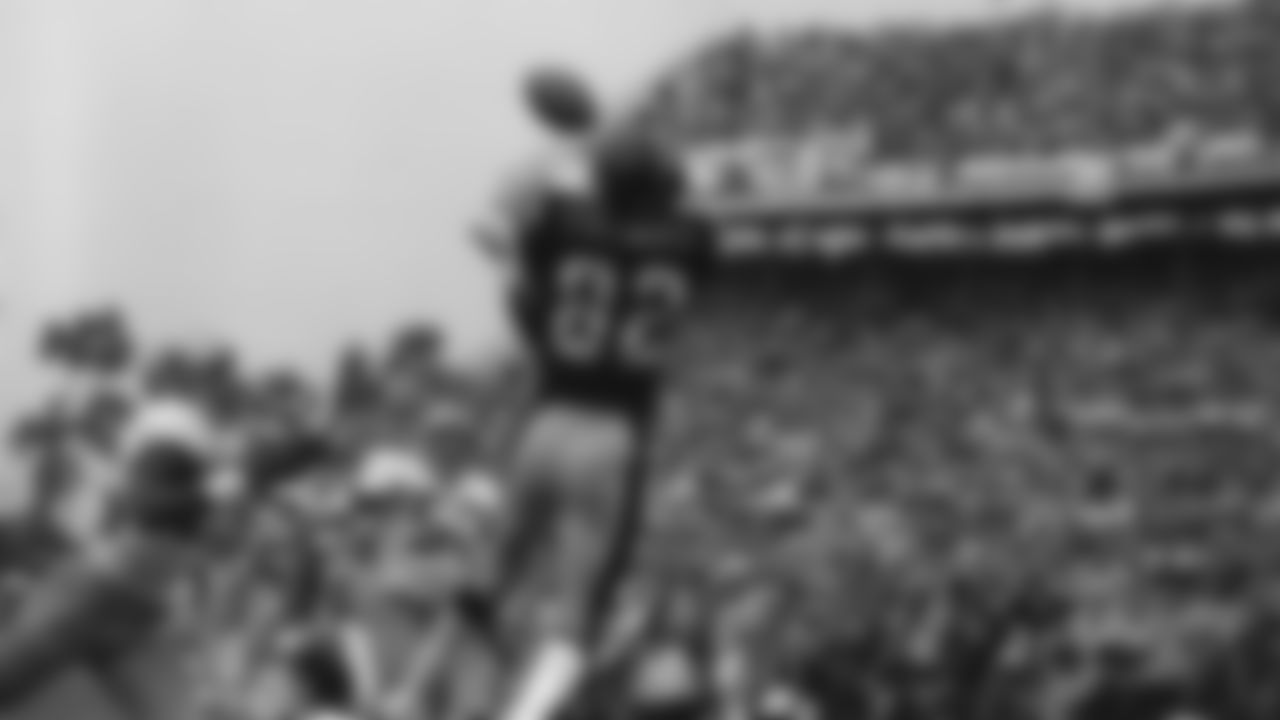

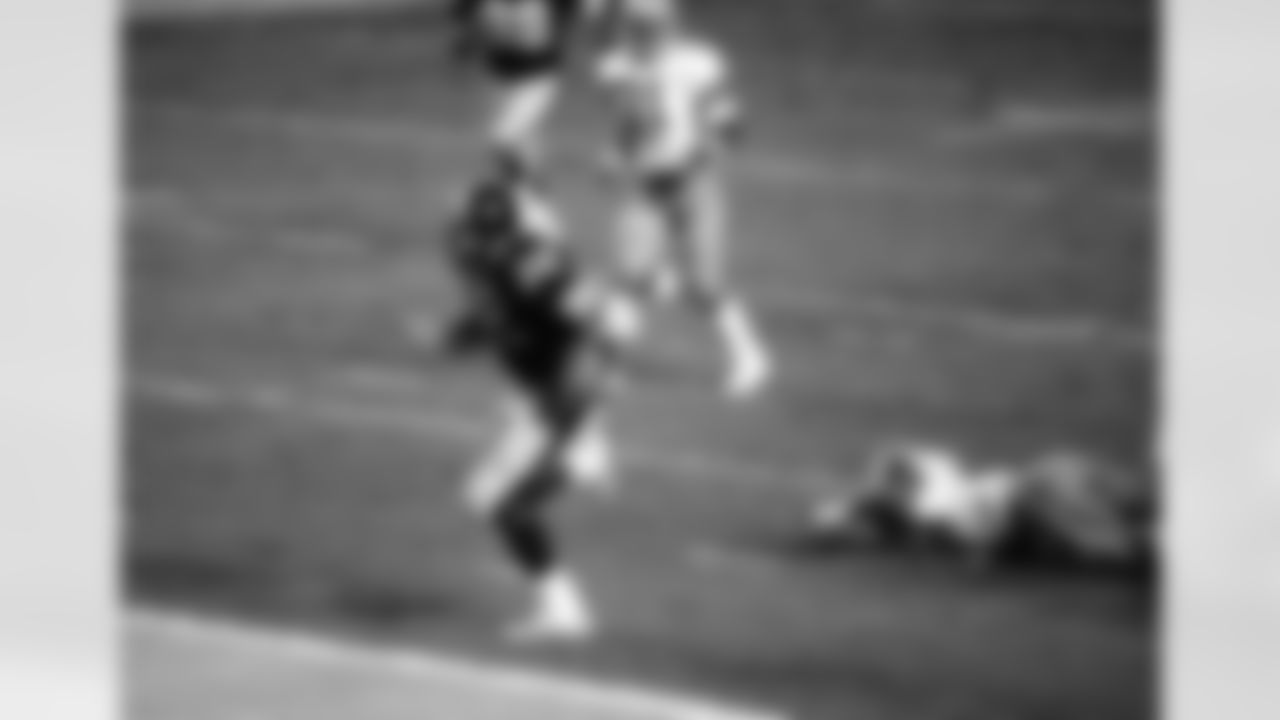

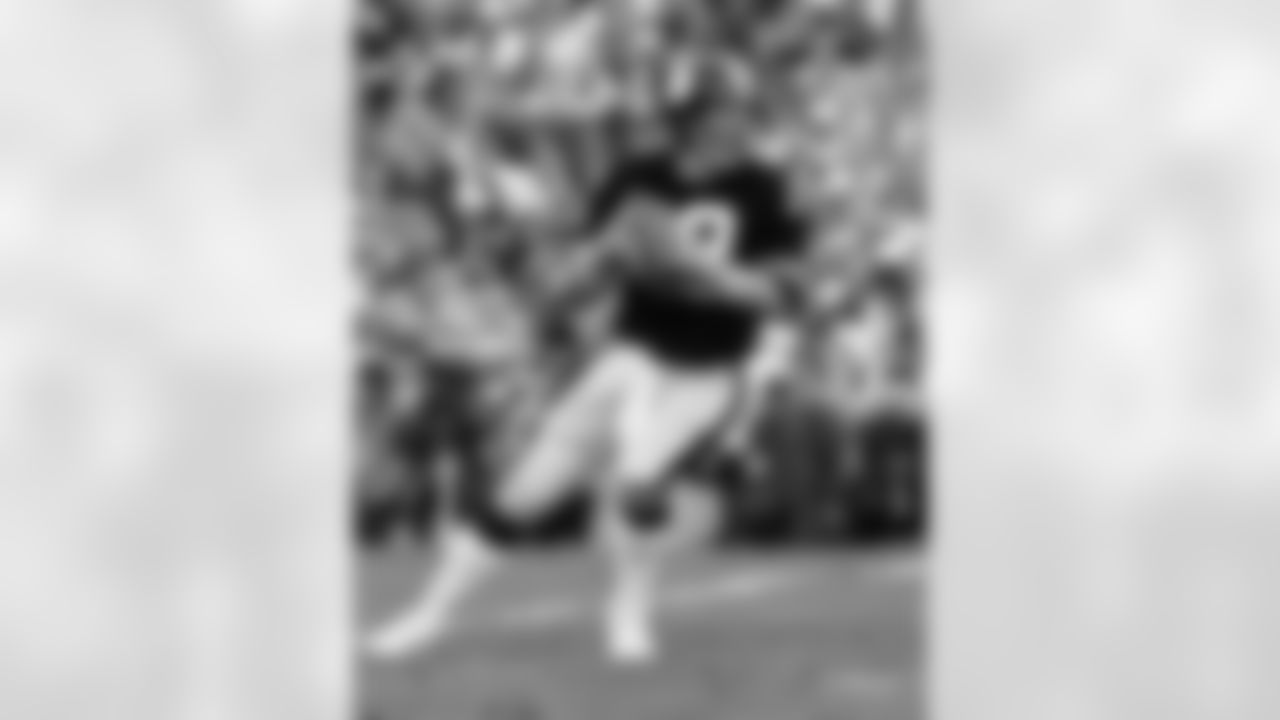
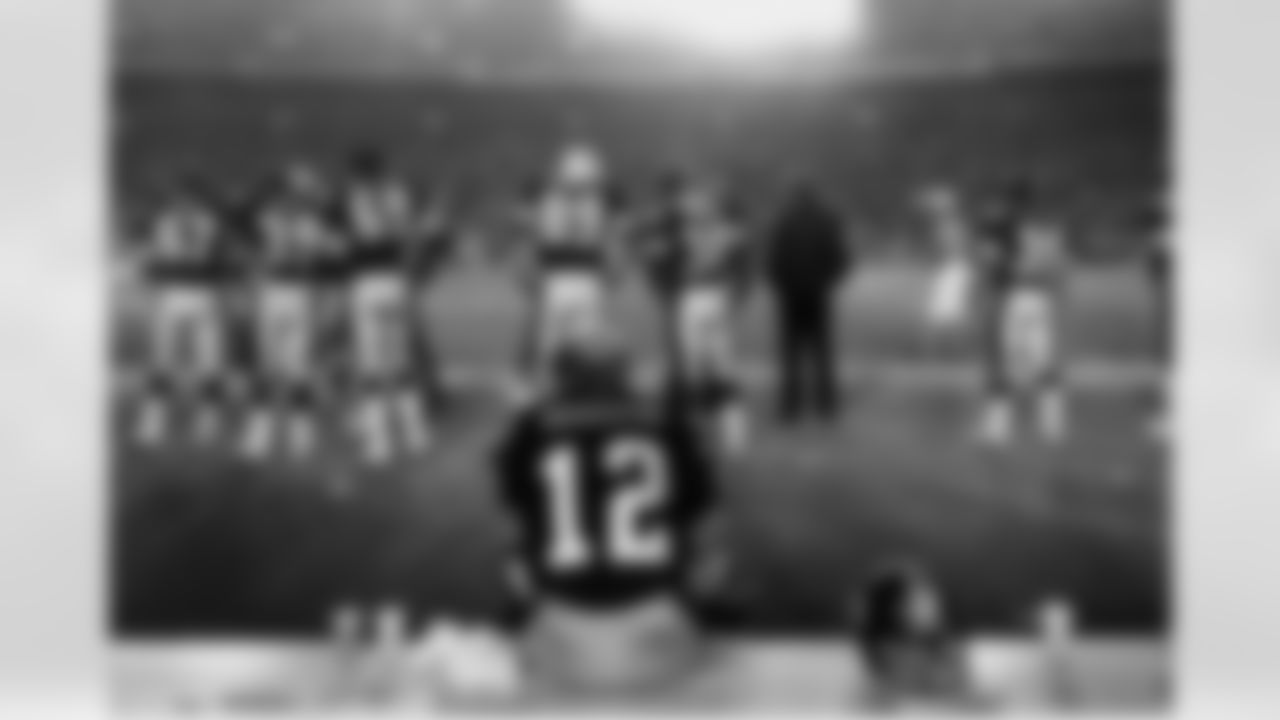
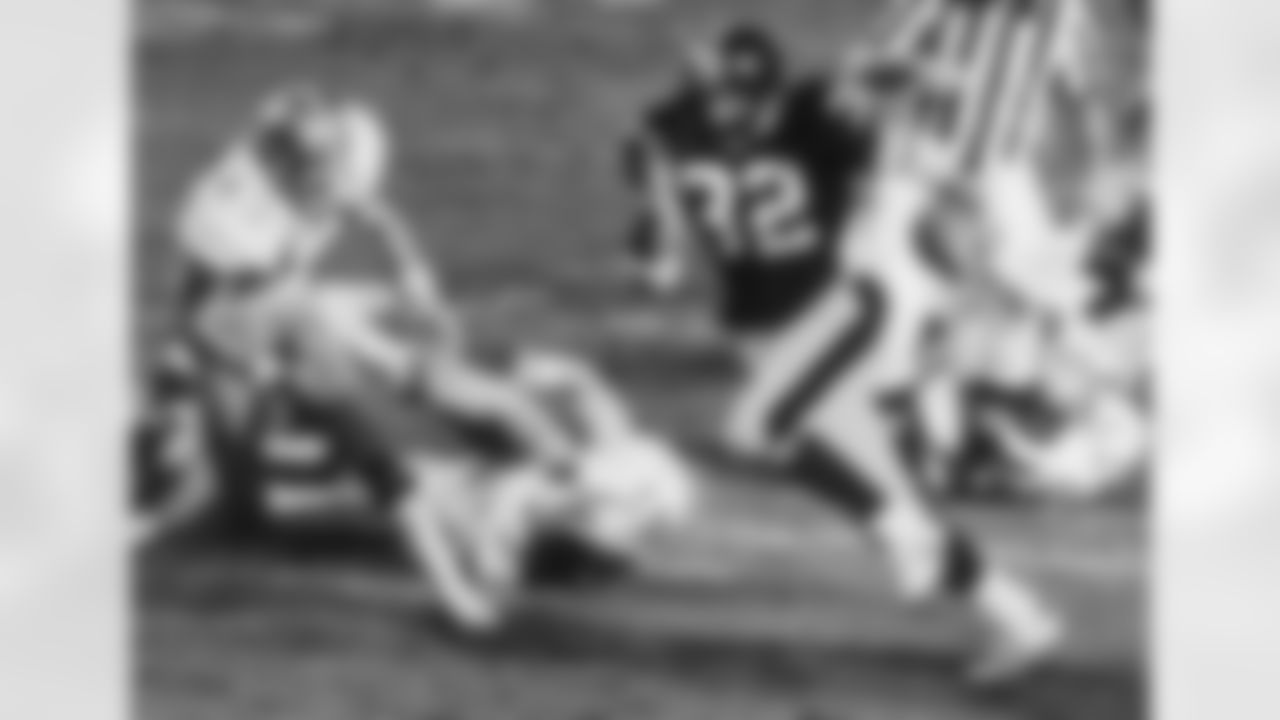
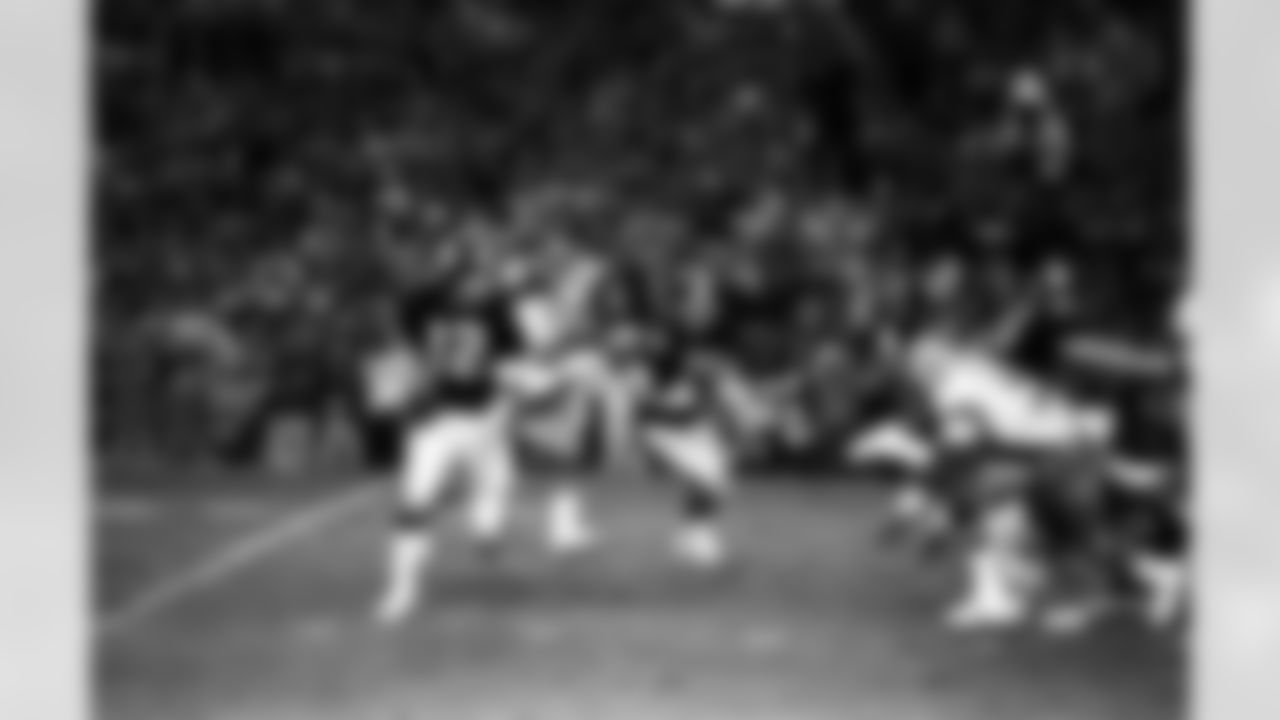
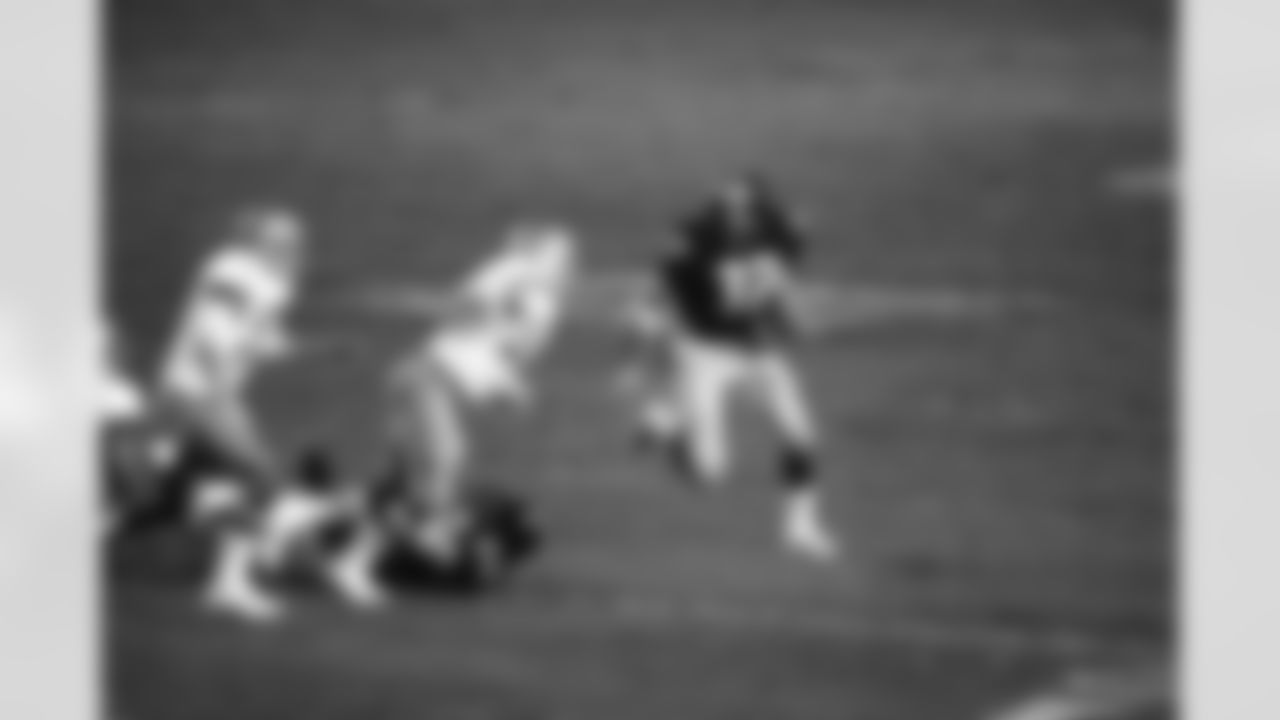
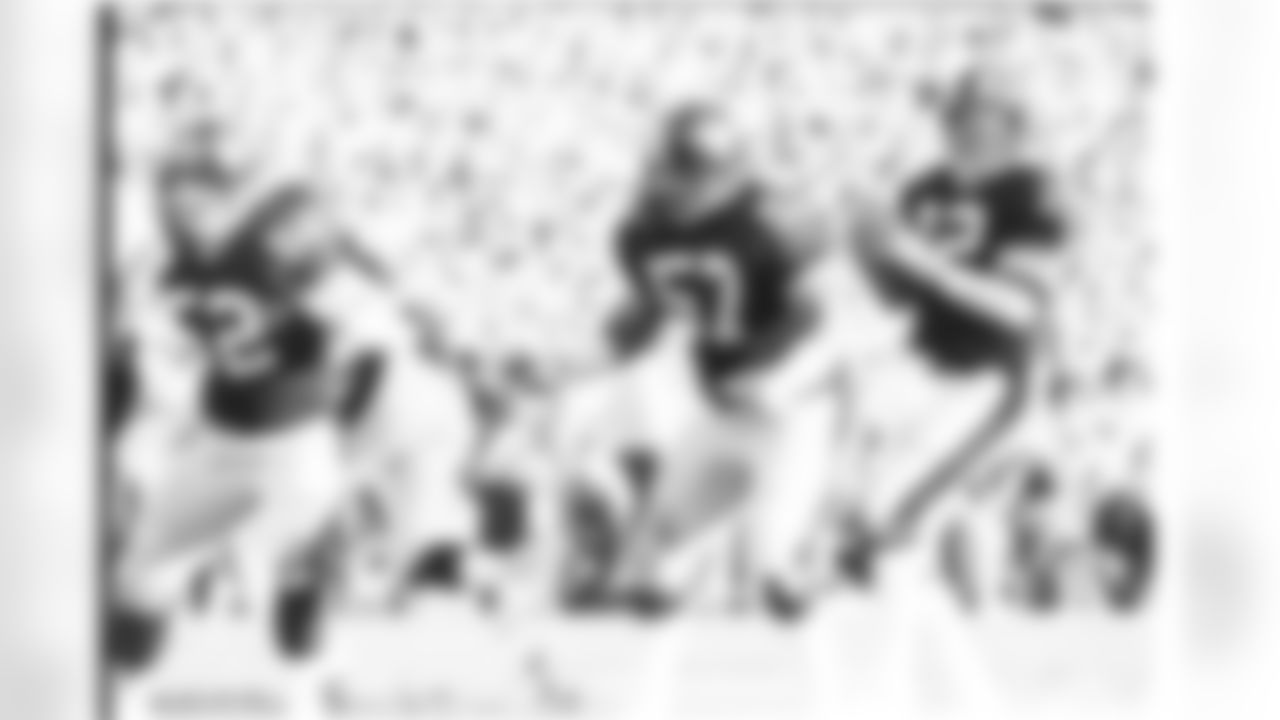
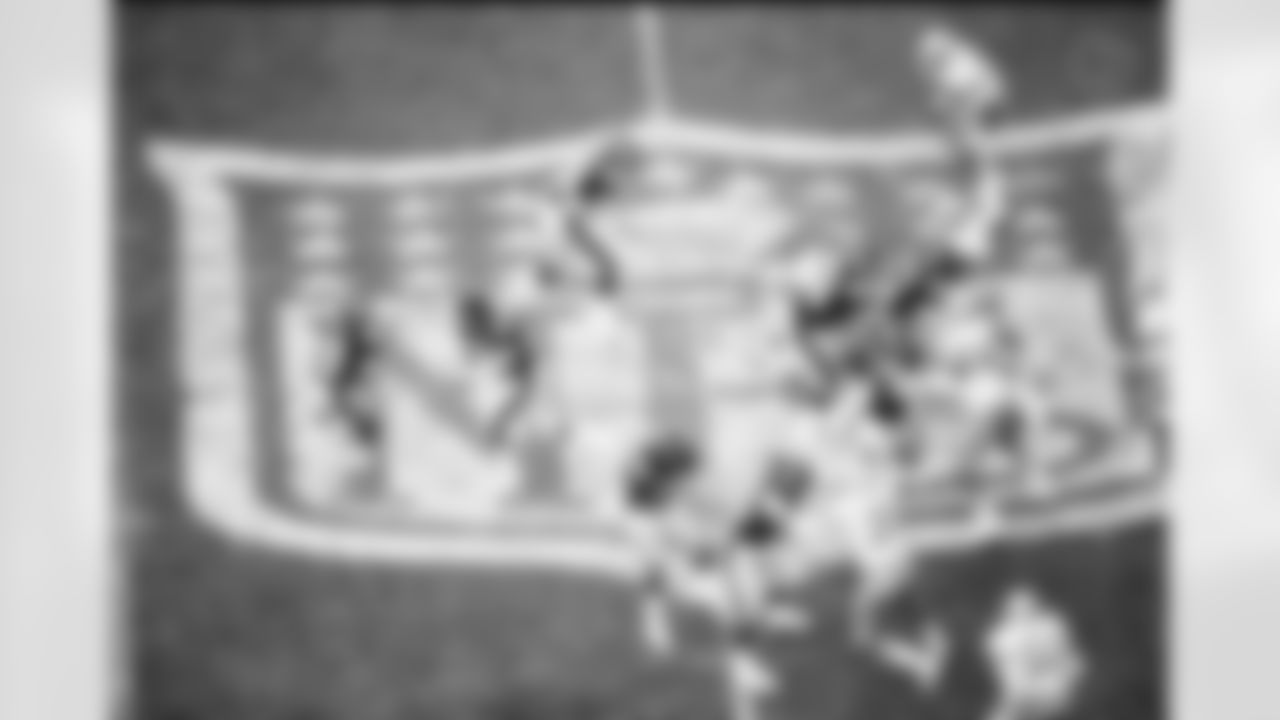
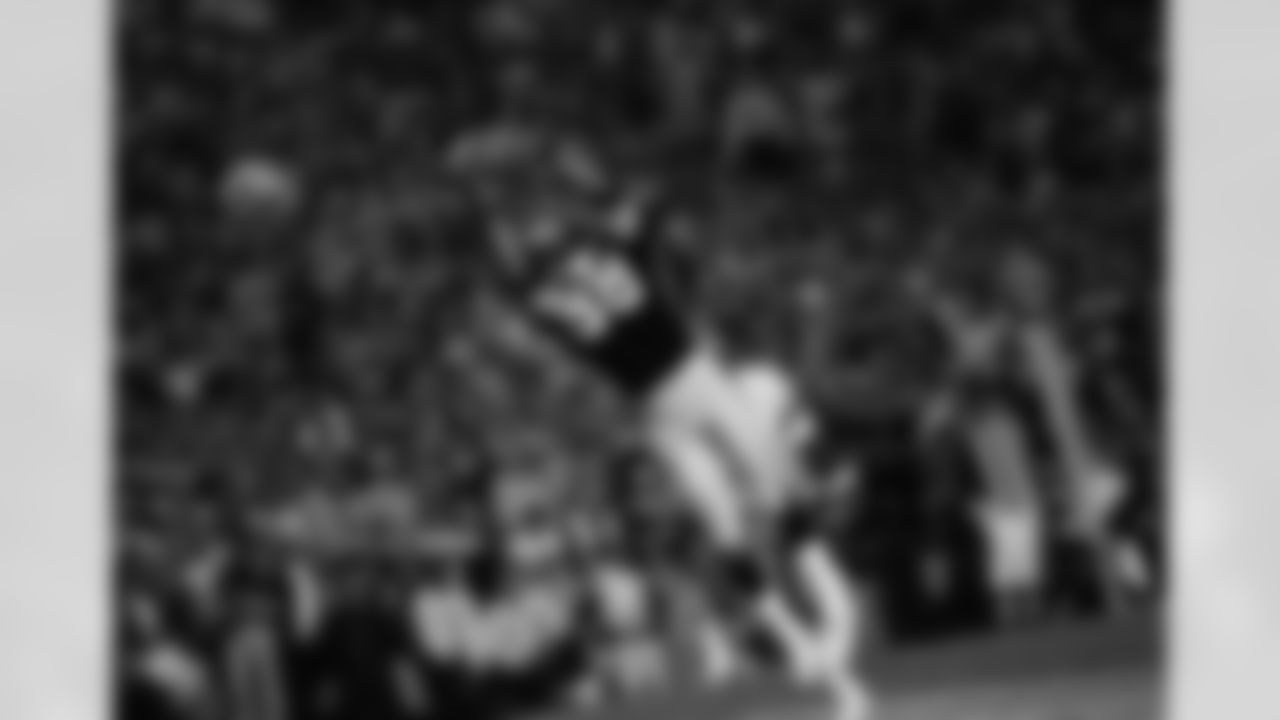
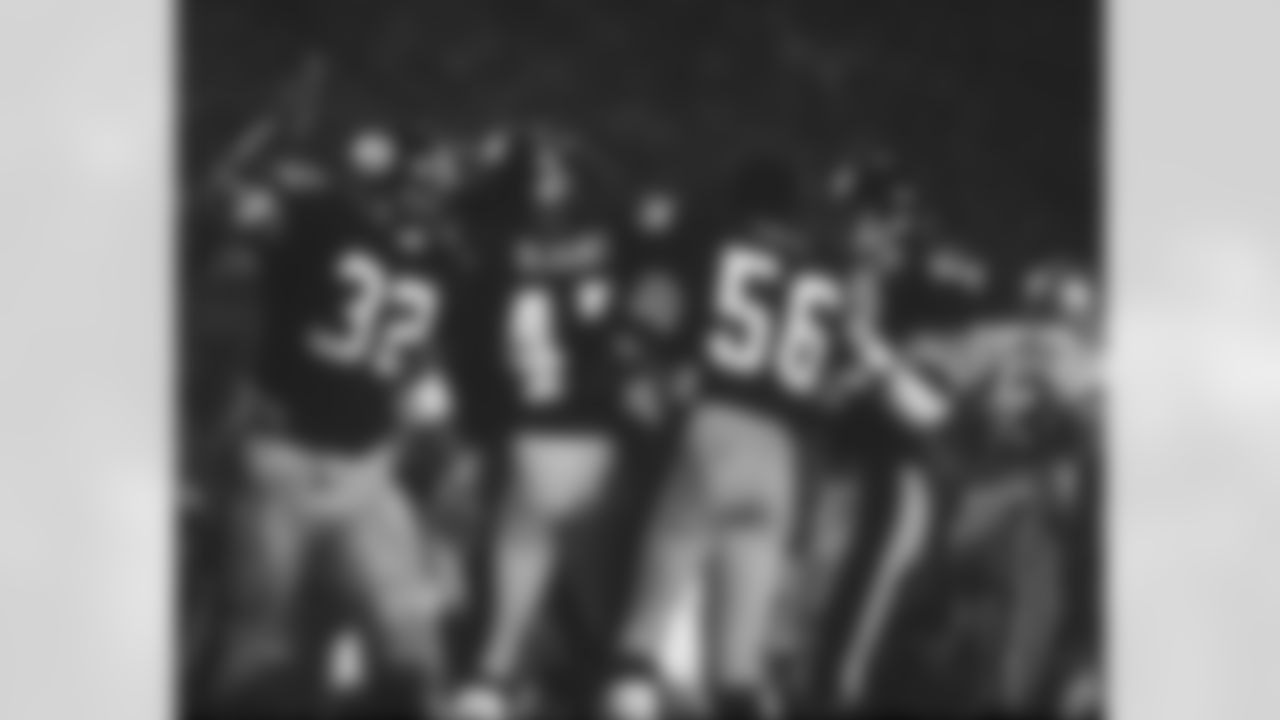
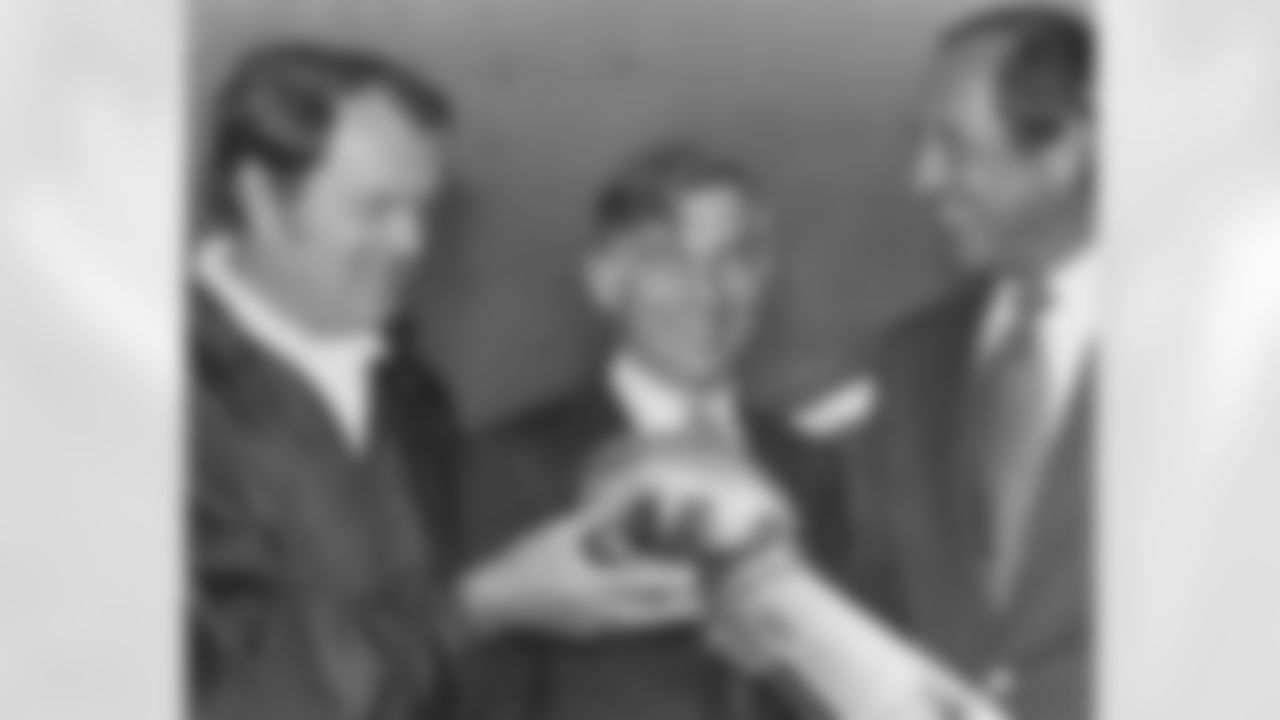
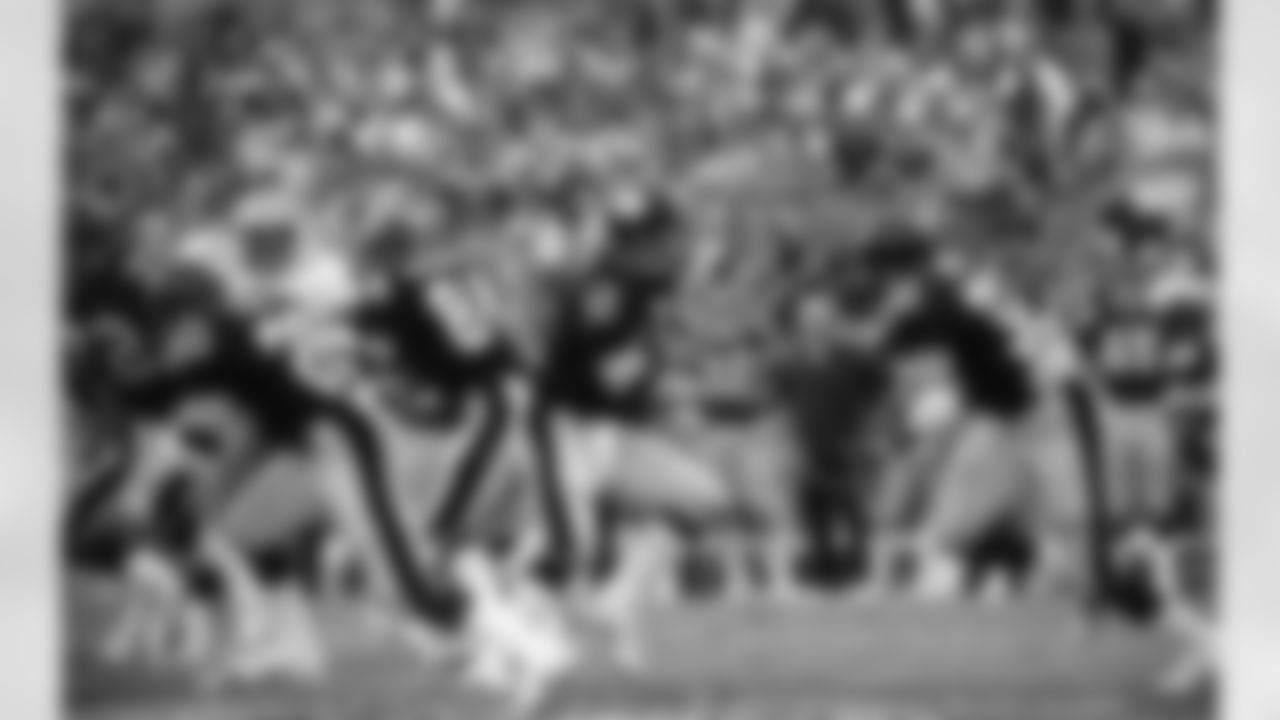
But the Steelers took a 35-17 lead on a Bradshaw TD pass to Swann, his third TD pass of the game, with 6:51 remaining in the game.
One of those touchdowns was an iconic 75-yard score to John Stallworth in the second quarter that tied the game at 14.
Dallas drove 89 yards on eight plays on their ensuing drive, scoring on a 7-yard pass from Staubach to Billy Joe Dupree with 2:19 remaining to cut the lead to 35-24.
Dennis Thurman recovered a Dallas onside kick to give the Cowboys life and they drove 52 yards on nine plays to score on a 4-yard pass to Butch Johnson with 22 seconds remaining to make it 35-31.
But Rocky Bleier recovered an onside kick to seal the win for the Steelers, giving them their third Super Bowl win.
Bradshaw, who threw for 318 yards and four touchdowns, was named the game's MVP.
"As if he can spell M.V.P.," Bradshaw said of Henderson following the win.
The Steelers, of course, would go on to win the Super Bowl again the following season, giving them an unprecedented and unmatched four in six seasons, while the Cowboys wouldn't make it back again until 1992.
The two storied franchises met just three times during the 1980s, with the Steelers winning two of those, but starting in 1991, the Cowboys would win the next four meetings, including yet another Super Bowl matchup.
This one came in Super Bowl XXX in Tempe, Ariz., as the Cowboys, winners of the championship in 1992 and 1993, would try to win a third title in four seasons.
Both teams entered the game at Sun Devil Stadium looking to match the 49ers with five Super Bowl wins, but this time Dallas would get the upper hand.
Dallas jumped out to a 13-0 lead, but a Neil O'Donnell touchdown pass to Yancey Thigpen cut that to 13-7 late in the first half.
Early in the third quarter, with the Steelers at midfield. O'Donnell was intercepted by Larry Brown at the Dallas 38. He returned the ball to the Pittsburgh 17, setting up a 1-yard touchdown run by Emmitt Smith to give Dallas a 20-7 lead.
The Steelers would trim the lead to 20-17 in the fourth quarter on a Norm Johnson field goal and a 1-yard touchdown run by Bam Morris, as the Pittsburgh defense took control of the game.
But after a Levon Kirkland sack forced a Dallas punt, the Steelers got the ball back with just over 4 minutes remaining.
On second down, however, Brown again intercepted O'Donnell, and Smith again scored on a run to make it 27-17.
The Steelers outgained the Cowboys 201-61 in the second half and 310-254, but three O'Donnell interceptions sealed their fate, while Brown's two interceptions earned him MVP honors.
The Cowboys had their third Super Bowl in four seasons, but haven't been back since, while the Steelers would go on to win championships after the 2005 and 2008 seasons while also advancing there in 2010.
The Steelers and Cowboys have split six meetings since, with some notable matchups, including then-rookie quarterback Ben Roethlisberger leading his first fourth quarter game-winning drive in 2004 in Dallas and leading the Steelers back from down 19-9 in the fourth quarter against the Cowboys at home in 2020 to win 24-19.
Sunday's game between the two storied franchises will mark the 34th time in their histories that they have met. Dallas leads the series, 17-16. It doesn't get much closer than that.














